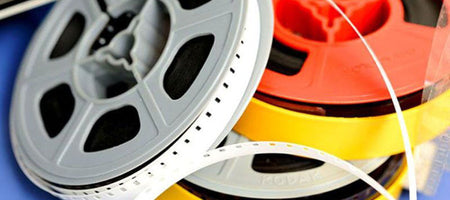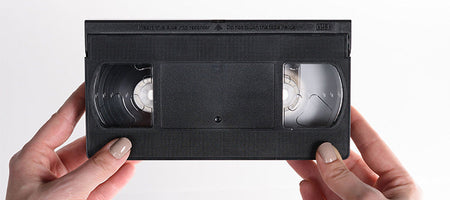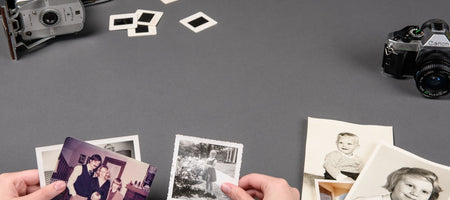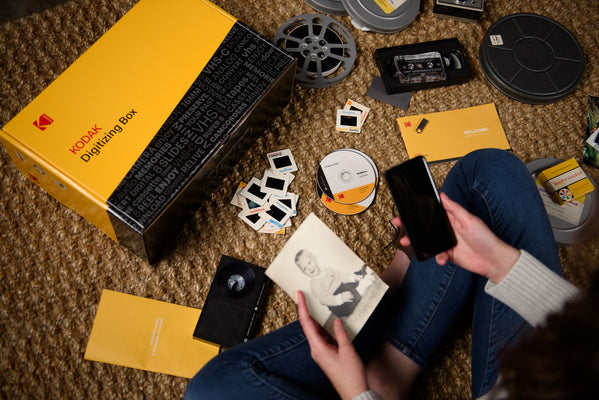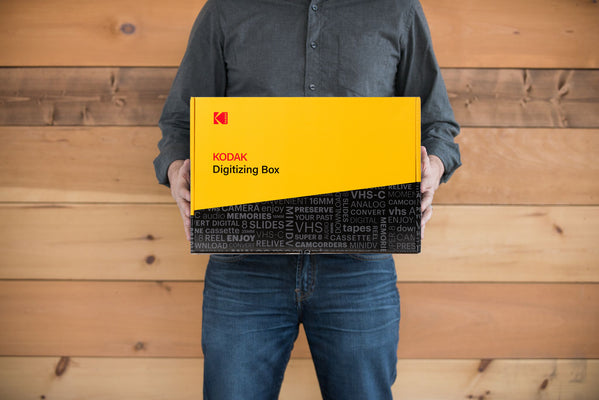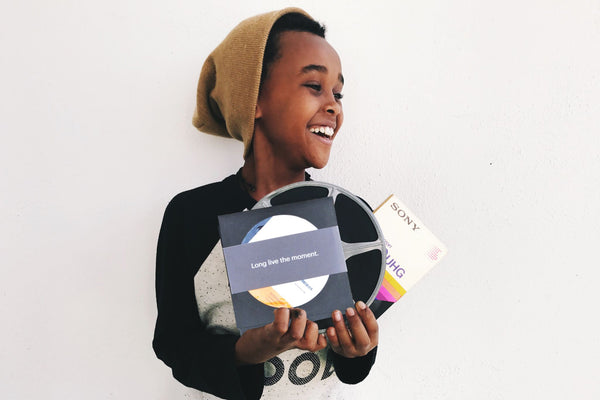In the summer of 2018, the music world officially closed the book on a format era as major retailers like Best Buy and Target began phasing out CD sales. The compact disc – the musical format that spanned more than three decades – finally retired, officially paving way for the more convenient and accessible streaming services. Bye bye home CD towers and overstuffed car CD booklets.
But before the ink dries on the obituary for the CD, let’s take a look back at how the compact disc became champion of the music world for more than 30 years.
This is how, when, why (and the demise) of the CD as music industry king.
The new format on the block
Before the CD came around, the cassette tape was the primary format that music lovers were pumping in their headphones and at home. Invented in the early 60s, the small cassette tape allowed for better portability and durability than vinyl, even though vinyl was still widely used and loved. By the end of the 70s, people could even listen to their favorite tapes on the go, thanks to the Sony Walkman. The cassette tape was here to stay … or so it seemed.
Then in 1982, the first commercially available CD player, the Sony CDP-101, was released in Japan. By 1983, it had finally made its way to overseas to the U.S. (approx. six months after its Japanese debut) bringing with it a hefty price tag, as the new technology retailed for a whopping $1,000 when it hit store shelves.
The rise of the CD
Like most technology, the initial release lineup is fairly limited, and the same went for the CD player. Only about 20 available albums were available at launch, including Billy Joel’s “52nd Street” and Bruce Springsteen's “Born in the U.S.A.” But after only a few short years, CD sales had risen so much in popularity that droves of audiophiles were ditching vinyl and cassettes for the new shiny growing disc format. So much so, that by 1988 (just 5 years after its U.S. release), CD sales had eclipsed vinyl, and would soon overtake the cassette just three years later in 1991.
The introduction of the CD-R and CD-RW
For those old enough to remember, recording your favorite songs from the radio onto a cassette tape was an artform. These mixtapes made the perfect on-the-go playlist or gift for that special someone in your life. Well, that same mix magic made its way to the CD (but even better) when the CD-R (Compact Disc Recordable) was released in the late 90s. Ripping your favorite albums from your PC onto a CD-R was a cheap, albeit slow process that became a music mainstay. In fact, it became the first readily available digital music sharing venture… a move that would later go on to cannibalize the CD industry itself.
It didn’t take long for the CD-R to be replaced by yet another disc, the CD-RW (ReWritable). This new format paved the way for faster optical disc drive times and worked with more advanced CD readers giving you a plethora of music, via .mp3 files. With a pack of CD-RWs, hundreds of songs could be downloaded from PC drives of friends and family members. The music wasn’t exactly free because someone had to buy the original album, but it was getting close to being free. Real close.
Napster
When Napster hit the web in 1999, it took the music world by storm. For the first time, file sharing via the internet was at the fingertips of anyone with a PC and dial-up connection. The music industry wasn’t ready for such a free and intrusive service to hit the market, which is why the Recording Industry Association of America (RIAA) and other major industry aficionados, including some major label bands, like Metallica, scrambled to catch up and stop the service. But the damage had been done. People everywhere rejoiced in a free music upload/download service that at the height of its short-lived popularity had more than 80 million users. And while Napster was forced to terminate its free sharing, it paved the way for several other peer-to-peer sites like LimeWire, Shazam, uTorrent and more.
The iPod
It’s hard to image the inception of the iPod and iPhone because it feels like they’ve been around for so long. But consequently, Apple has a strong role to play in the demise of the CD. With the introduction of iTunes and the iPod in the early-mid 2000s, people everywhere began simply downloading their favorite artists’ albums in lieu of buying the physical CD copy. By 2005, iTunes had outpaced CD sales in a couple of major physical retail stores for the first time. People quickly adopted this musical album download approach as more convenient and accessible, as they toted their entire album collection around on one, tiny little 10-20GB iPod.
Streaming services
CD-RWs and .mp3 players like the iPod were strong contributors to the fall of the CD, but the real backbreaker came with the overnight success of paid streaming services. With the release of Pandora’s “internet radio” service in the early 2000s, listeners could enjoy a playlist of various bands and songs specifically categorized and recommended based on what they liked to listen to, all for a small monthly fee. And while Pandora is still at it today, it’s Spotify that has completely rewritten the music playbook, offering nearly every artist, album and more to subscribers. Again, all for a small monthly fee. By 2014, streaming service revenue had finally eclipsed CD sales for the first time, and it only took one more year to eclipse digital downloads in 2015.
There are a lot of facts, features and failures that went into the collapse of the CD, but there’s no denying that the disc had a great three decade run.
Most of us still probably remember our first ever CD purchase or that mixed CD that your highschool sweetheart made you – memories that even new technology will never take away. And speaking of memories, if you have any dusty old mixtapes, bootlegs or home audio cassette recordings (think back to your garage band playing days) lying around that are near and dear to your heart, now’s the time to digitize and preserve those tunes. After all, streaming services may have a lot … but they don’t have everything.

